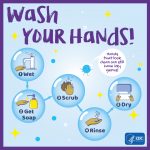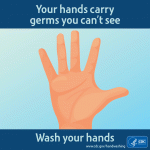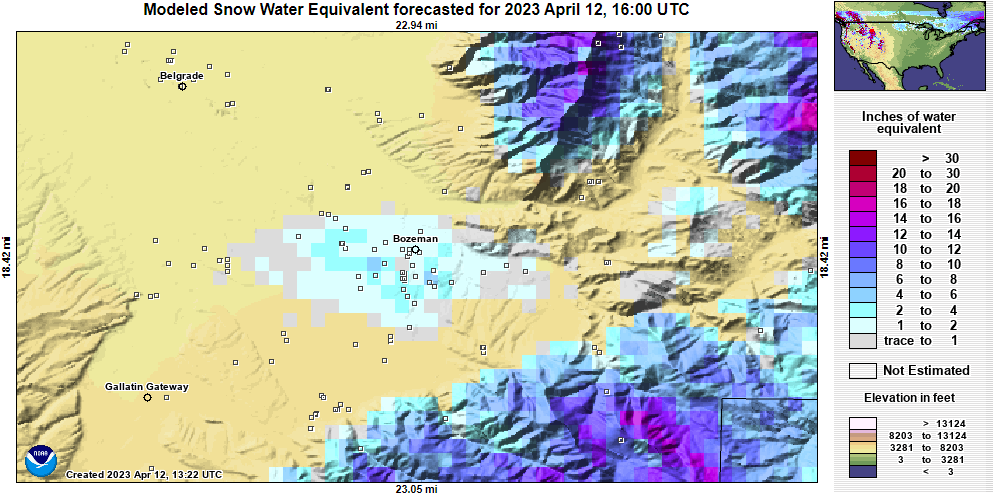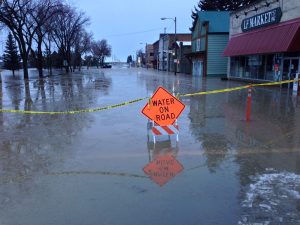
COVID-19 Coronavirus Resources
What is a coronavirus?
Human coronaviruses are common throughout the world. There are several types of coronaviruses including those that cause symptoms of the common cold. Human coronaviruses commonly cause mild to moderate illness. A novel, or new coronavirus is a strain of coronavirus that has not been identified before. This has happened previously with MERS-CoV and SARS-CoV both of which cause more severe respiratory illnesses.
Where does the name come from?
View the World Health Organization explanation.
What is a novel coronavirus?
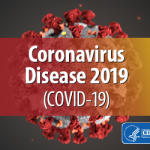 The novel coronavirus associated with Wuhan China, or COVID-19, recently emerged and is causing an outbreak of illnesses in China, with additional cases reported in other countries including the United States. To date, all U.S. cases had recent travel to the Wuhan area. At this time, the risk to the U.S. public remains low.
The novel coronavirus associated with Wuhan China, or COVID-19, recently emerged and is causing an outbreak of illnesses in China, with additional cases reported in other countries including the United States. To date, all U.S. cases had recent travel to the Wuhan area. At this time, the risk to the U.S. public remains low.
How does COVID-19 spread?
The virus is still being studied and public health officials are learning more each day. To date, it appears that transmission occurs via respiratory droplets produced when an infected person coughs or sneezes as is the case with other respiratory illnesses like the common cold or influenza.
What are the symptoms of COVID-19?
Patients with this novel coronavirus have reported mild to severe respiratory illness with cough, fever, and/or shortness of breath.
How do I know if I am at risk for COVID-19?
At this time, the risk for the majority of people remains low but a person at risk includes specific symptoms and travel to China within the past 14 days OR close contact to a confirmed case. Review the CDC assessment tool for detailed information.
How can I help protect myself and my family?
The best way to prevent infection is to avoid being exposed to the virus. The same preventative measures that are recommended during cold and flu season will also help to protect against COVID-19:
- Wash your hands thoroughly and often
- Hand Washing is a key action in limiting spread. Please help share the message. Hand washing material available at https://www.cdc.gov/handwashing/materials.html.
- Avoid touching your eyes, nose, and mouth
- Cover your cough/sneeze with a tissue (or your elbow)
- Stay home if you are sick
- Clean and disinfect frequently touched objects and surfaces
Resources for Current Coronavirus Information and Educational Material:
- Montana Department of Public Health and Human Services
- Centers for Disease Control and Prevention (CDC)

